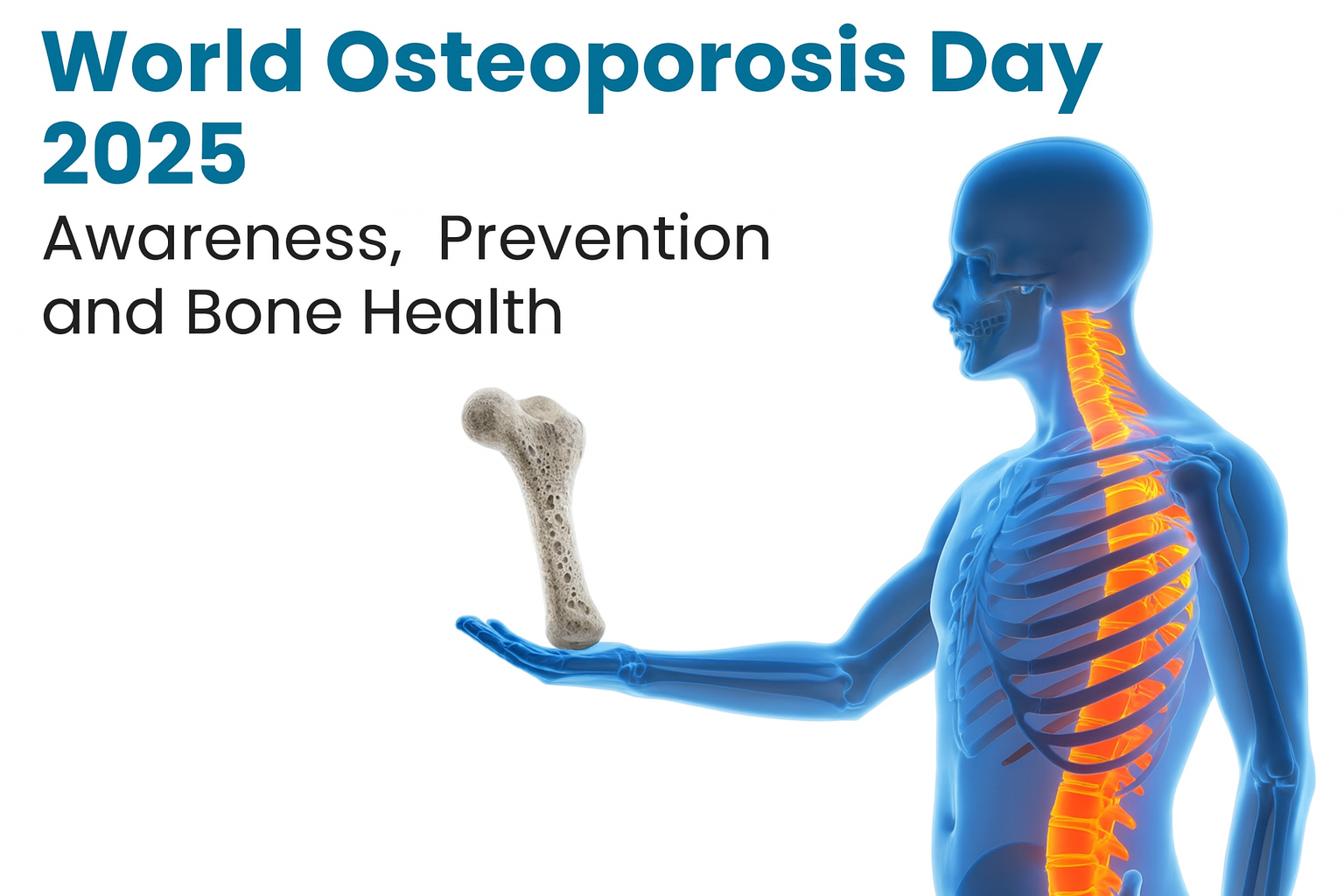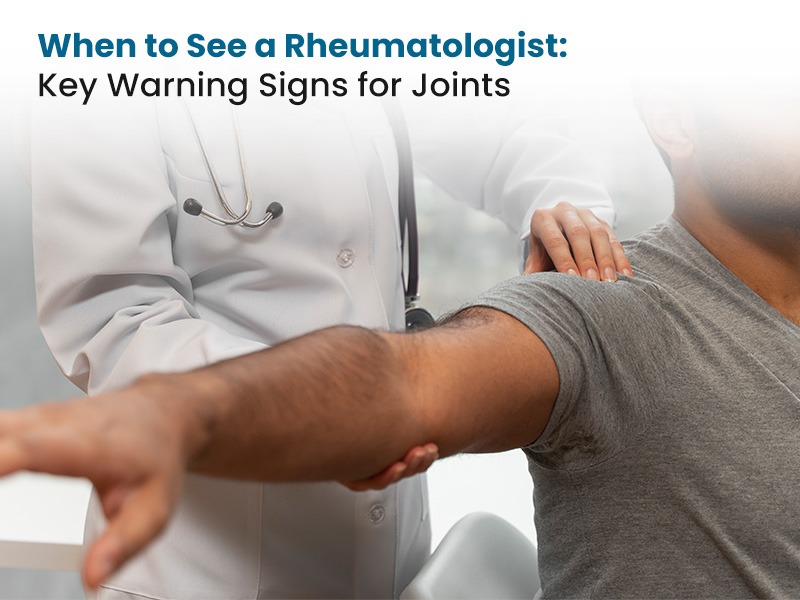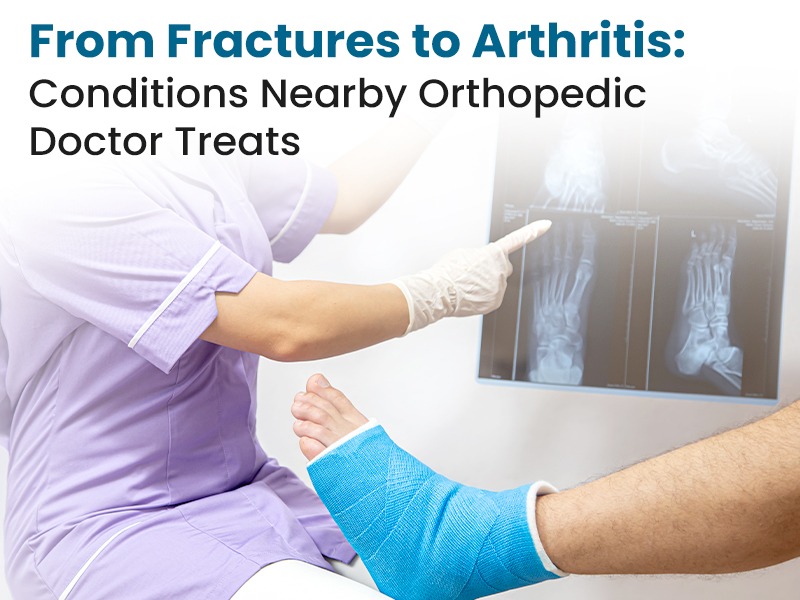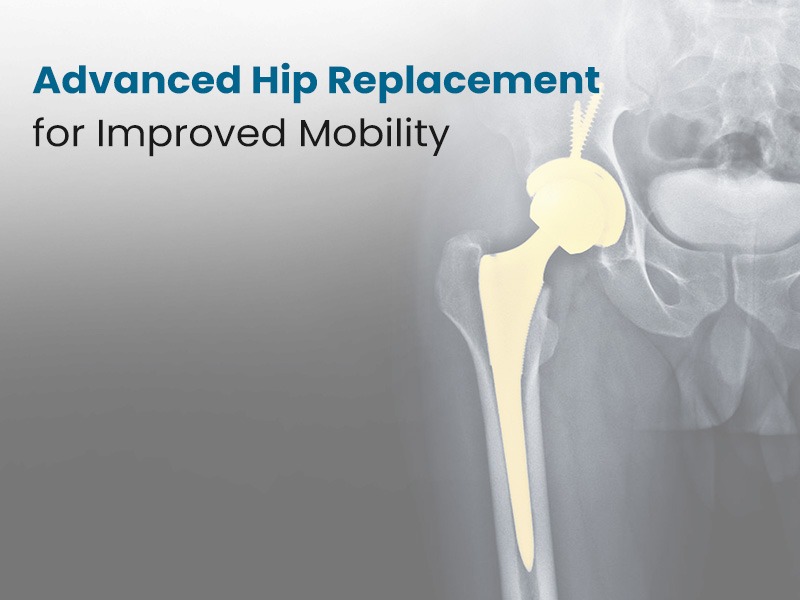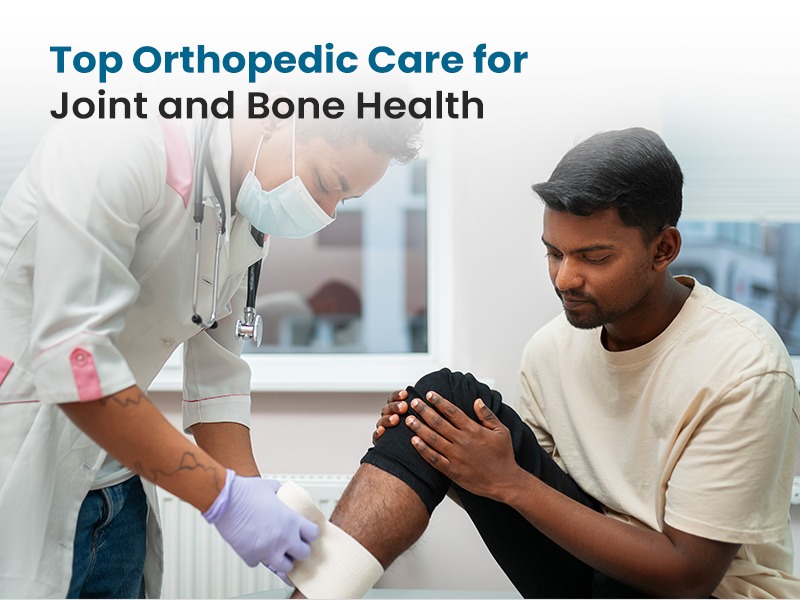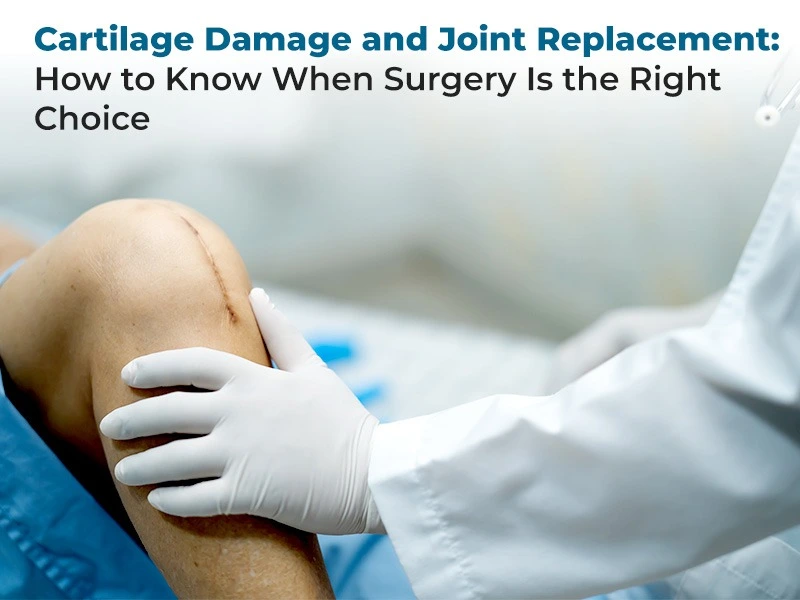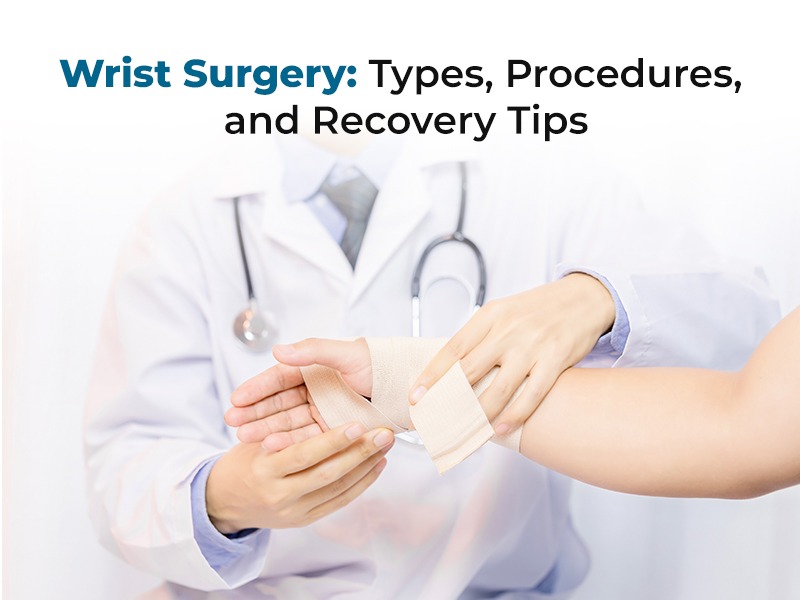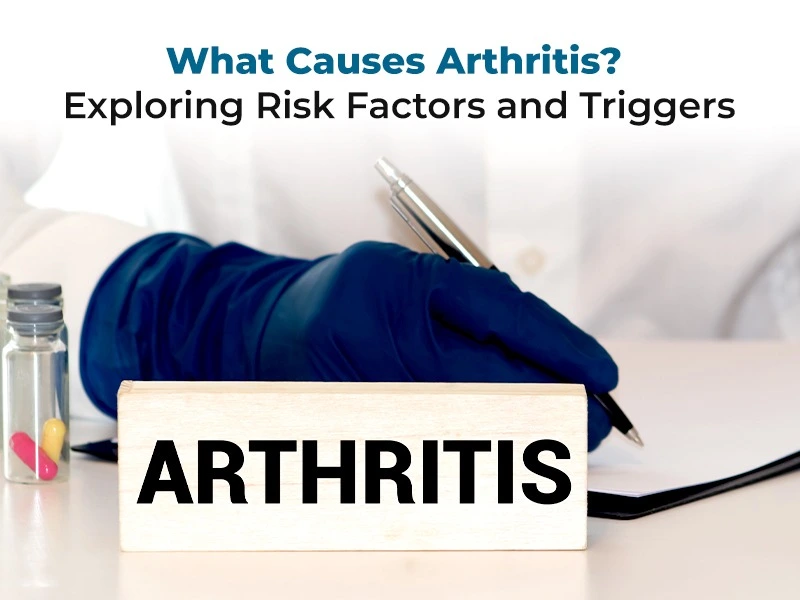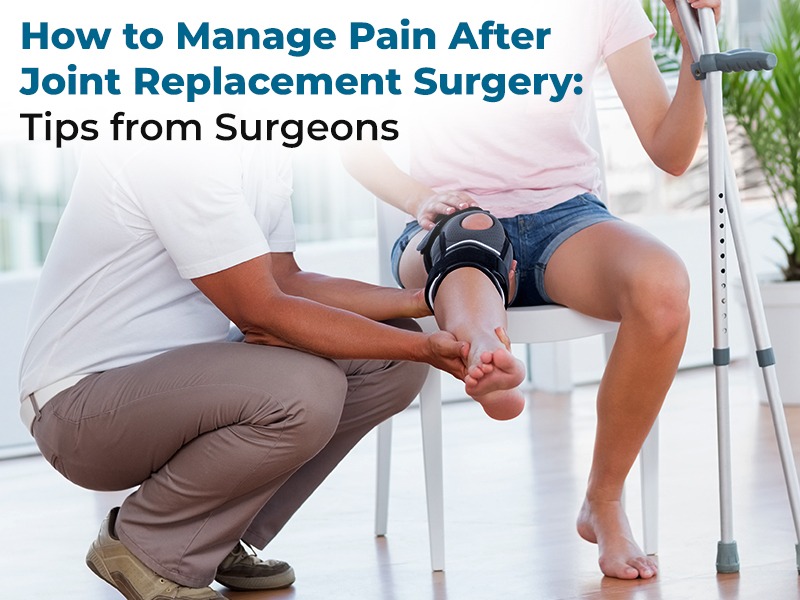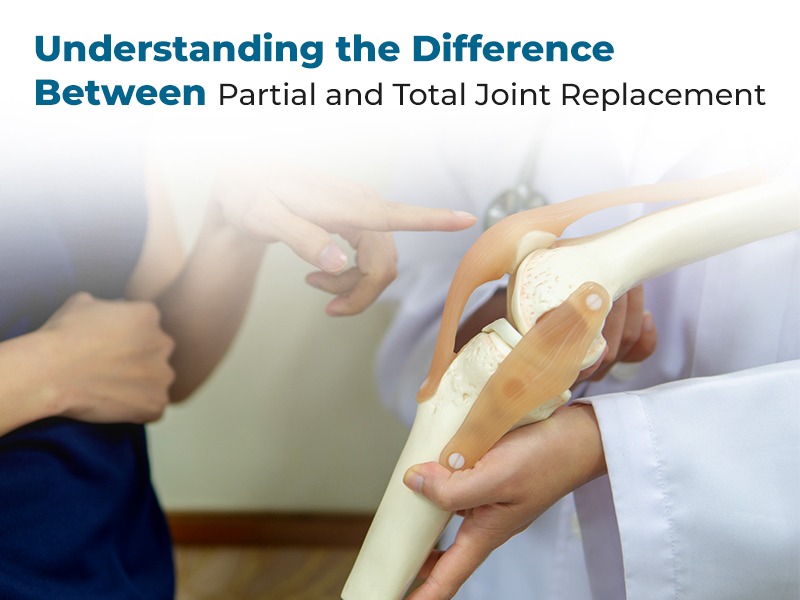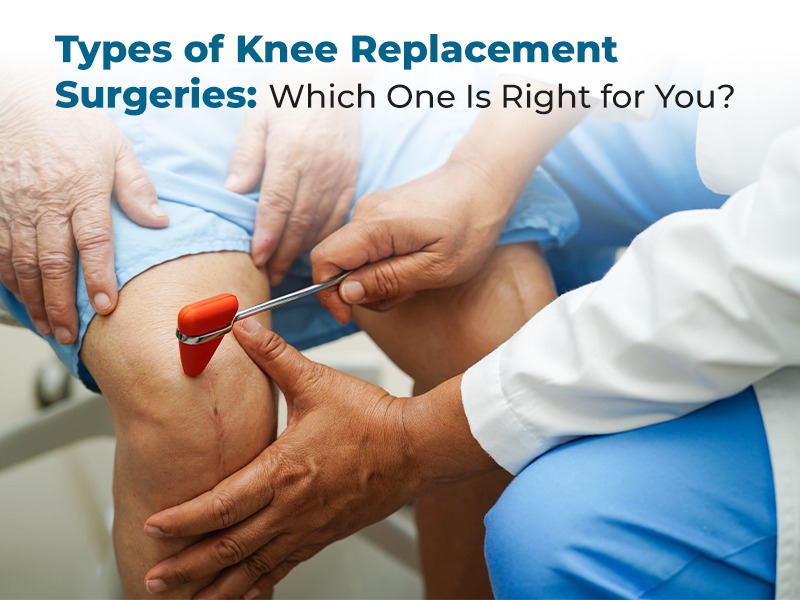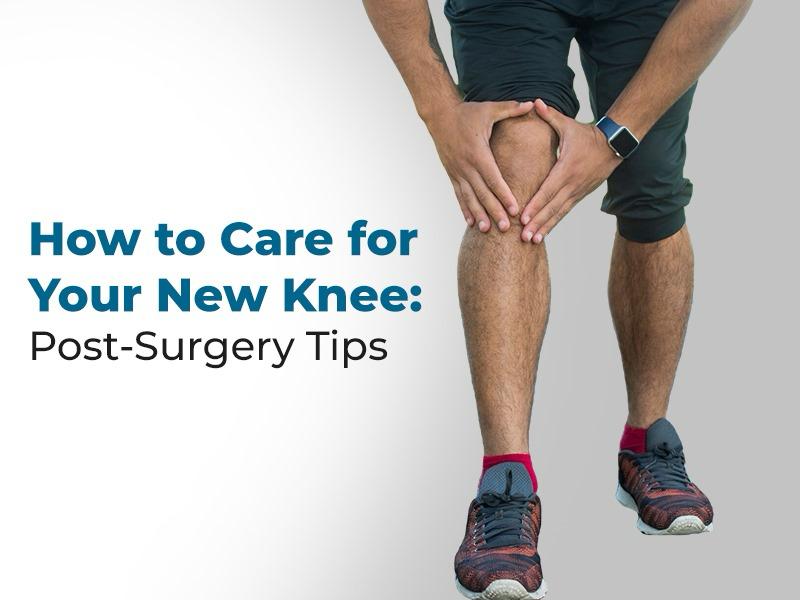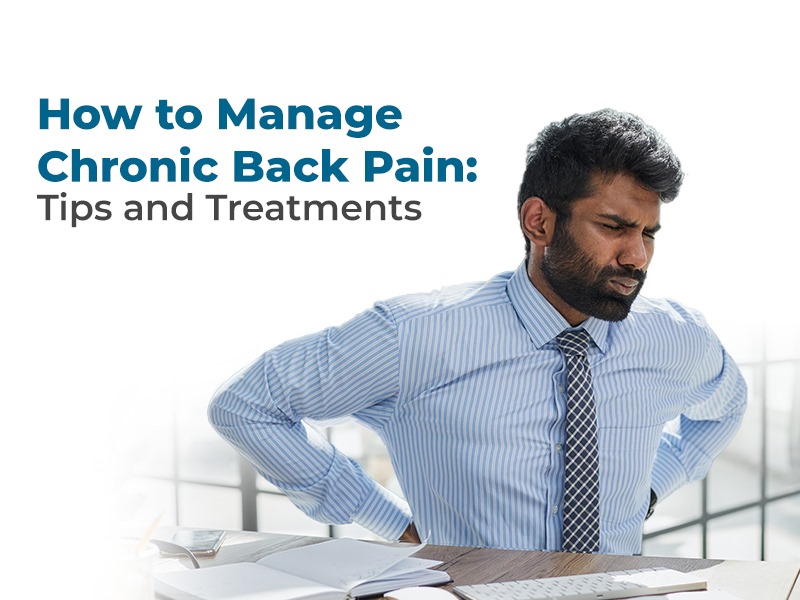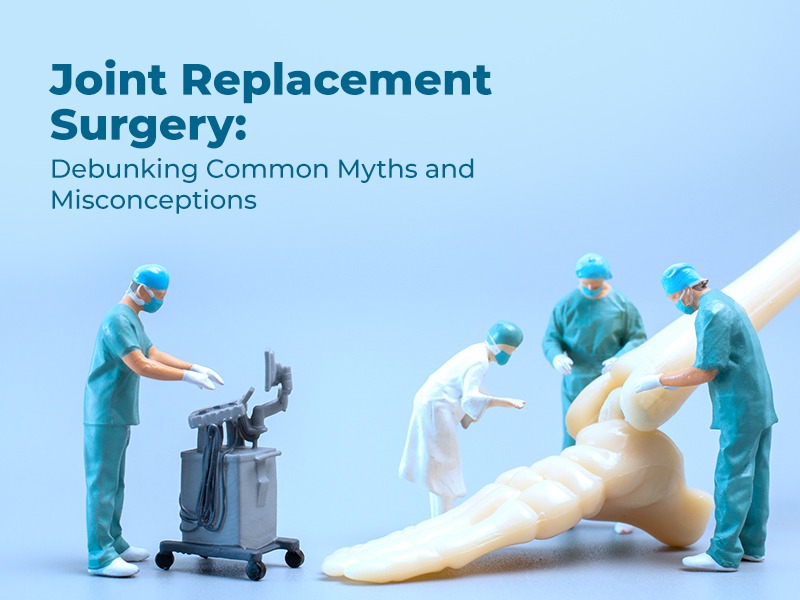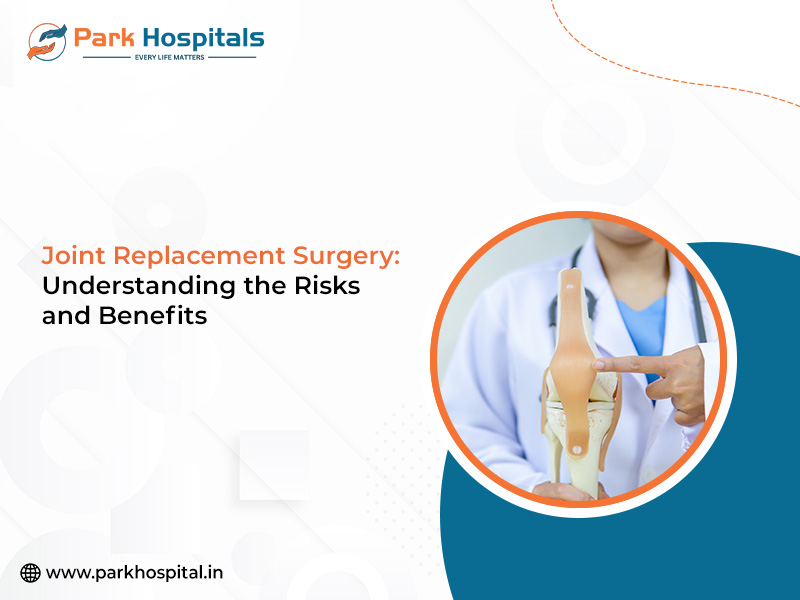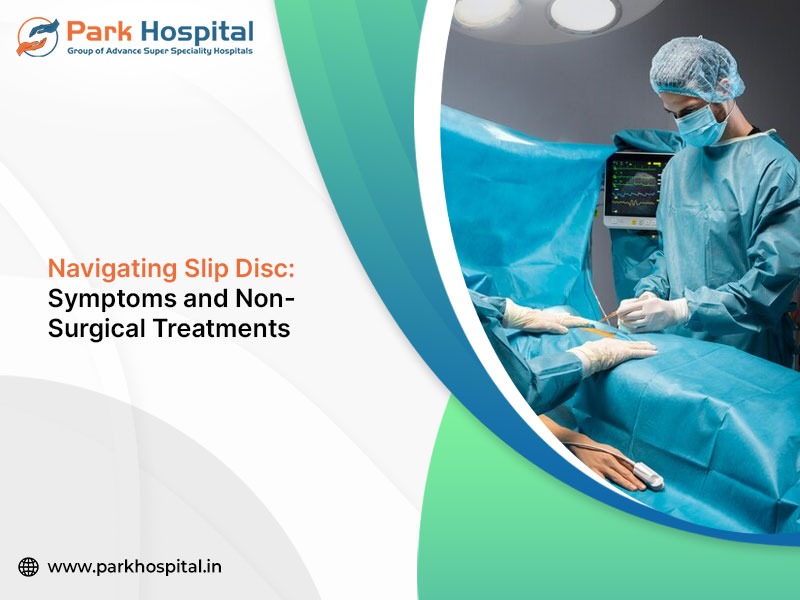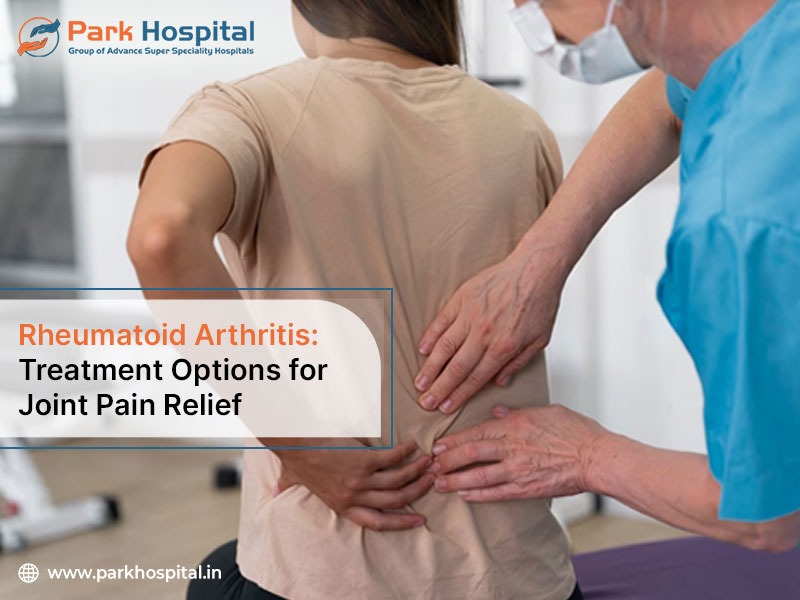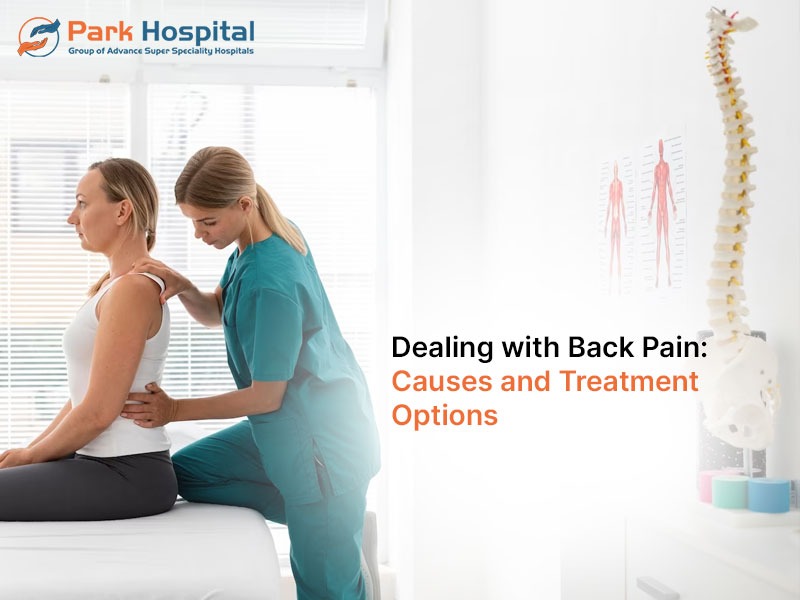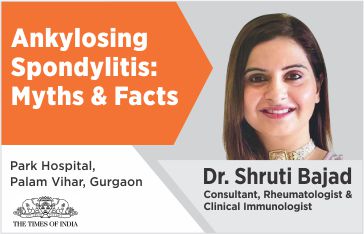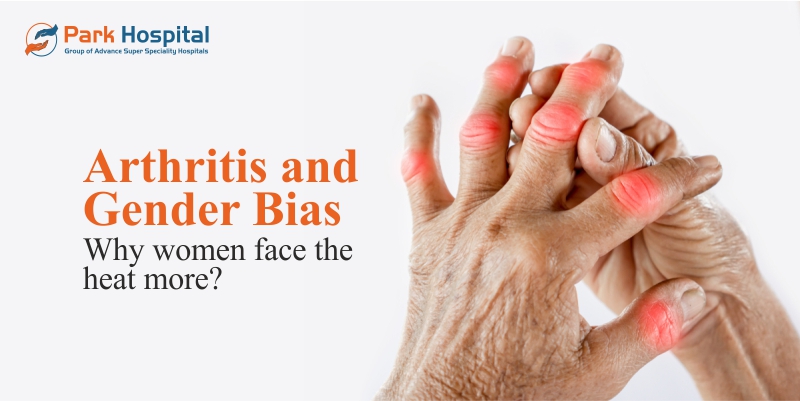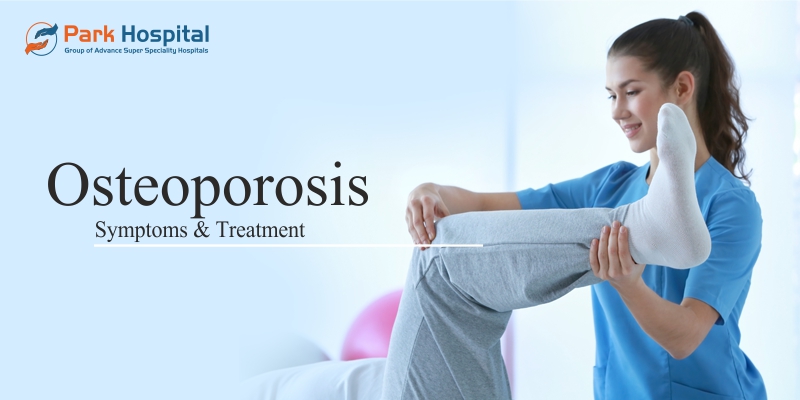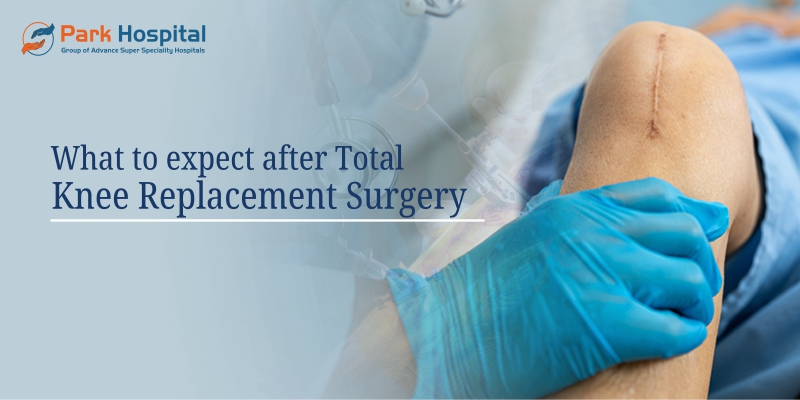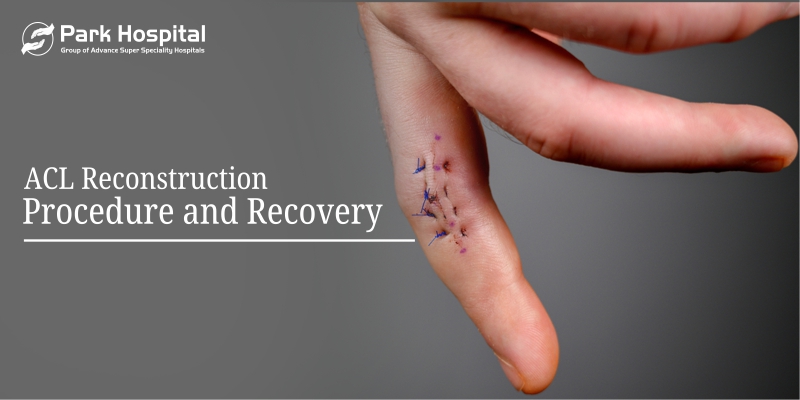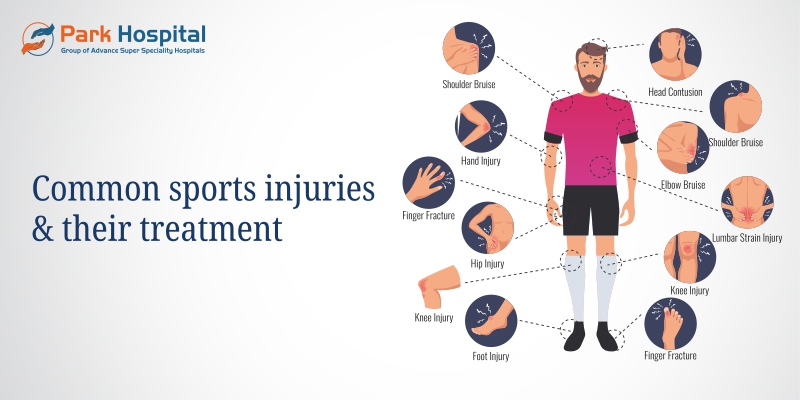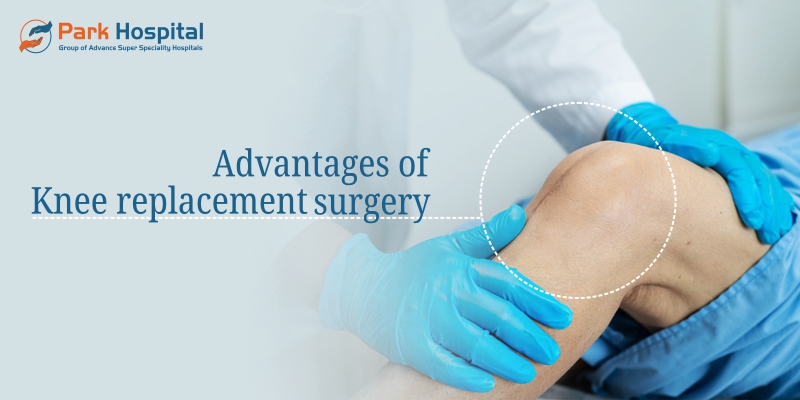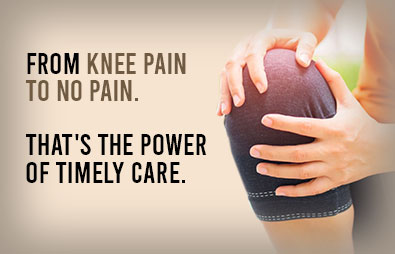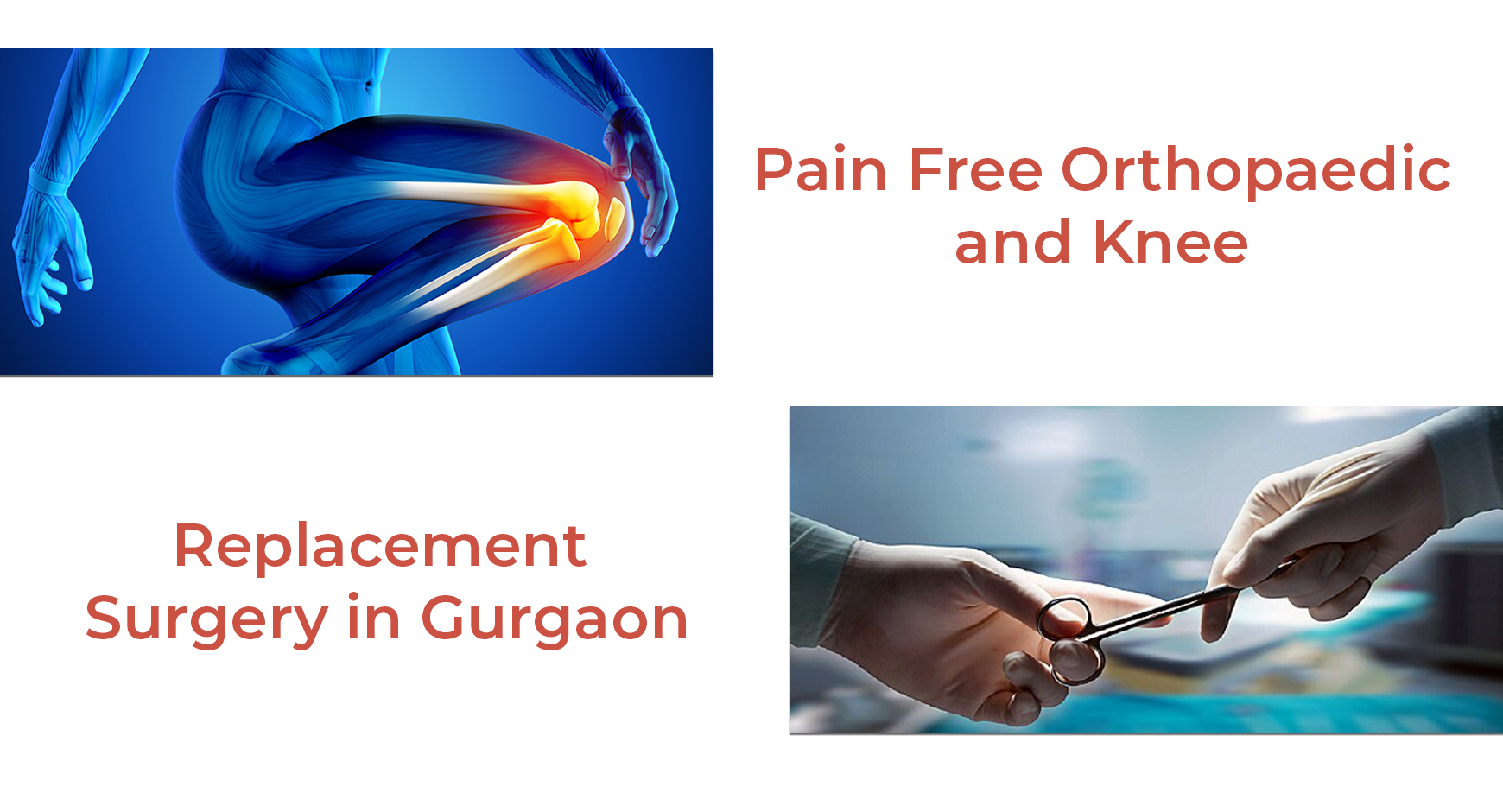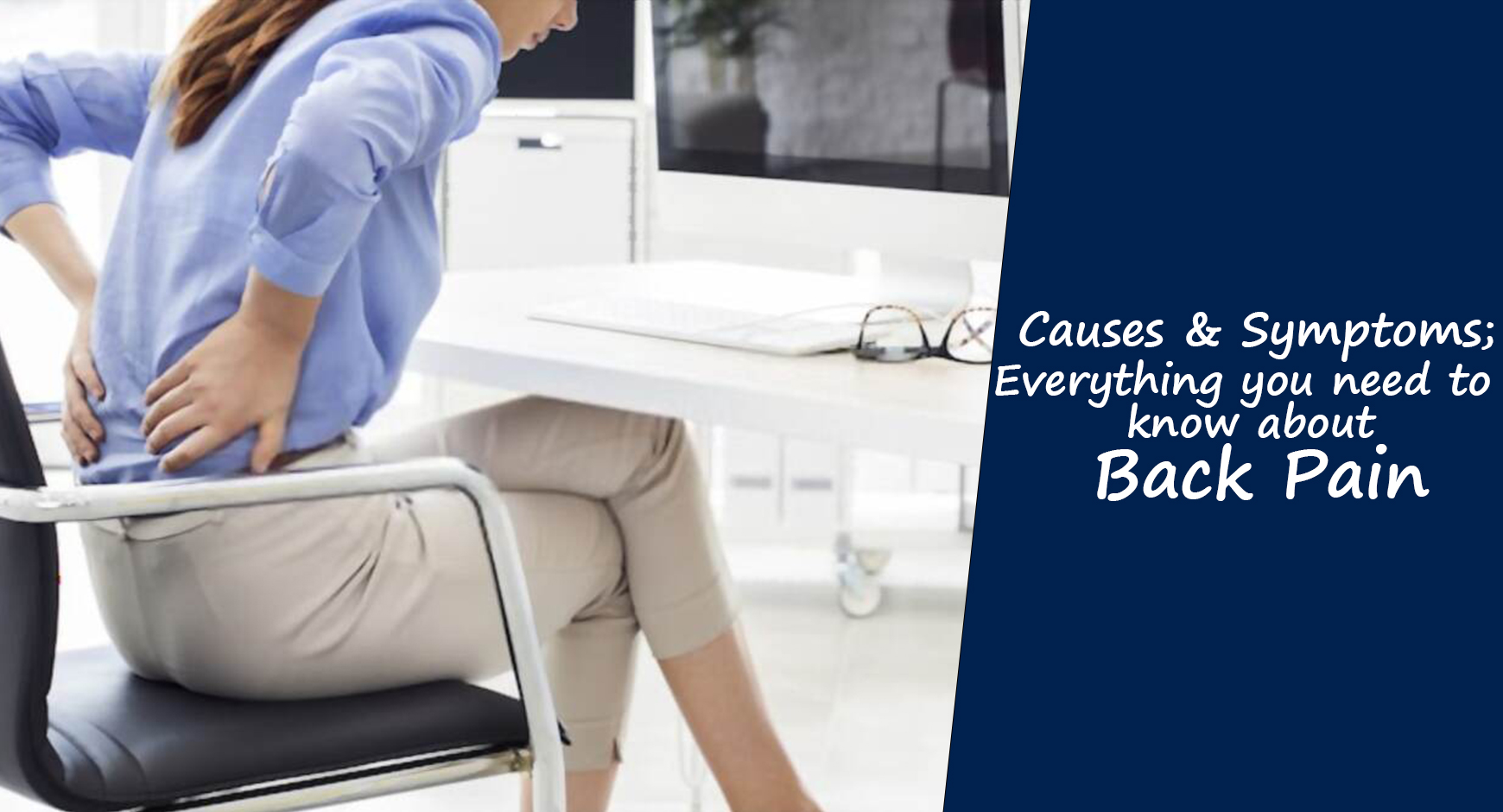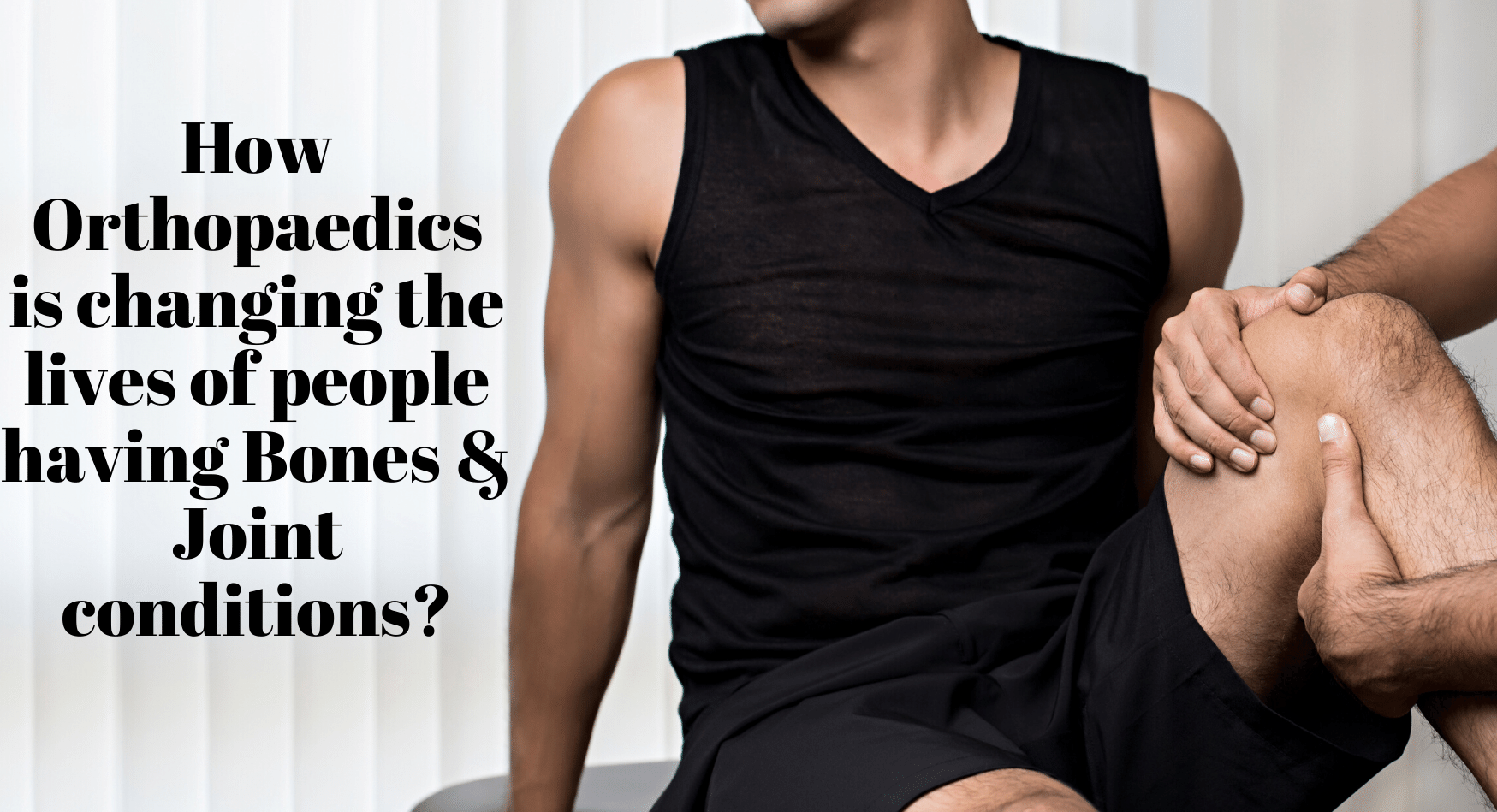World Osteoporosis Day 2025 is observed globally on October 20 each year to raise awareness about osteoporosis, a condition that weakens bones and increases the risk of fractures. This day serves as a vital reminder for people of all ages to prioritize bone health through early detection, prevention, and timely treatment.
The primary focus of World Osteoporosis Day 2025 is to educate the public about the importance of strong bones and encourage individuals to take proactive steps in maintaining lifelong skeletal health through nutrition, physical activity, and regular checkups.
At Park Group of Hospitals, we join the world in spreading awareness about osteoporosis and its impact on quality of life. With our network of multi-specialty hospitals across Delhi, Gurugram (Sector 47, Palam Vihar, Sector 37 D), Faridabad, Sonipat, Panipat, Karnal, Ambala, Patiala, Mohali, Bathinda, Behror, and Jaipur, we are dedicated to offering advanced diagnostic and treatment options for bone health management.
Our expert orthopedic and endocrinology teams emphasize the importance of early screening, bone density assessment, and personalized care plans to prevent fractures and enhance mobility. For consultations or specialized bone care, contact our 24x7 service helpline at +91 99166 99166.
Importance of World Osteoporosis Day 2025
World Osteoporosis Day 2025 highlights the urgent need to address osteoporosis as a growing public health concern that affects millions worldwide, especially women and the elderly. The campaign encourages individuals to take preventive measures, such as regular bone health screenings and lifestyle modifications, to reduce the risk of osteoporosis and fractures.
Since the disease often progresses silently without noticeable symptoms until a fracture occurs, awareness and early diagnosis become essential. This global observance aims to empower people with the knowledge to protect their bones before complications arise, ensuring a better quality of life and long-term mobility.
This year’s observance also focuses on bridging the gap in care for those already affected by osteoporosis. Many individuals remain undiagnosed or untreated, leading to recurrent fractures and chronic pain that could otherwise be prevented. Through educational drives, medical checkup camps, and digital awareness campaigns, World Osteoporosis Day 2025 serves as a collective call to action for patients, families, healthcare professionals, and policymakers to prioritize bone health. By spreading awareness and promoting routine screening, Park Group of Hospitals reaffirms its commitment to building a healthier and stronger community that values preventive care as much as treatment
Understanding Osteoporosis and Its Impact
Osteoporosis is a condition that weakens the bones, making them fragile and more likely to break even with minor falls or bumps. Often called a “silent disease”, it develops slowly over the years without noticeable symptoms until a fracture occurs. Common fracture sites include the hip, spine, and wrist.
Globally, osteoporosis affects 1 in 3 women and 1 in 5 men over the age of 50, making it one of the most common chronic bone conditions. These fractures can lead to severe pain, reduced mobility, long-term disability, and even premature death in older adults. Beyond the physical consequences, osteoporosis can significantly affect emotional health and independence, reducing quality of life for both patients and caregivers.
In India and across the world, limited awareness and lack of regular screening have contributed to delayed diagnosis. At Park Group of Hospitals, advanced diagnostic tools such as bone mineral density tests and preventive bone health programs are designed to identify osteoporosis at an early stage.
By combining medical expertise, nutritional guidance, and rehabilitation support, Park Hospital help patients manage osteoporosis effectively and improve their overall bone strength and quality of life.
Theme of World Osteoporosis Day 2025: “It’s Unacceptable”
The 2025 campaign by the International Osteoporosis Foundation (IOF) calls attention to the overlooked crisis in osteoporosis prevention and care. Despite clear evidence about the burden of osteoporosis, healthcare systems around the world continue to underdiagnose and undertreat the condition. The IOF stresses that it is unacceptable that bone health remains a low priority compared to diseases like cardiovascular disorders or cancer.
The campaign urges healthcare professionals, policymakers, and the public to take a stand for bone health. The message is clear: fractures related to osteoporosis can be prevented, and lives can be improved through better awareness, early detection, and appropriate treatment. The focus this year is on ensuring that bone health becomes a global priority and that every patient receives timely diagnosis and care.
The Global Burden of Osteoporosis
According to IOF, up to 37 million fragility fractures occur every year among individuals over the age of 55, which equals about 70 fractures per minute worldwide. One in three women and one in five men over 50 years of age will experience an osteoporotic fracture during their lifetime. In fact, osteoporotic fractures are more common in women than breast cancer.
The disability caused by osteoporosis in Europe is greater than that caused by most cancers, except lung cancer, and comparable to chronic diseases like rheumatoid arthritis and asthma. With the global population aging rapidly, the number of hip fractures is expected to nearly double by 2050. This rise will bring not only medical challenges but also emotional and financial strain for patients and their families.
Why Bone Health is a Lifelong Commitment
Bone health is not just a concern for older adults. Strong bones are built early in life, especially during childhood and adolescence when bone mass is rapidly increasing. After the age of 30, bone mass naturally declines, which is why maintaining a bone-healthy lifestyle from an early age is essential.
A lifelong approach to bone health includes:
Eating a balanced diet rich in calcium, vitamin D, and protein
Engaging in regular weight-bearing and muscle-strengthening exercises
Avoiding smoking and excessive alcohol consumption
Getting regular bone density (DXA) scans to assess bone strength
Managing underlying conditions like thyroid disorders or diabetes
At Park Group of Hospitals, our specialists recommend routine bone check-ups, especially for women after menopause, people over 50, and individuals with a family history of osteoporosis or fractures.
Common Risk Factors for Osteoporosis
Osteoporosis can develop silently, but several factors increase the likelihood of its onset:
Age: Risk increases with aging due to bone loss.
Gender: Women are at higher risk, particularly after menopause.
Genetics: A family history of fractures or osteoporosis increases susceptibility.
Nutritional Deficiency: Low calcium and vitamin D intake weakens bones.
Physical Inactivity: Lack of exercise leads to reduced bone strength.
Medical Conditions: Diabetes, rheumatoid arthritis, and hormonal disorders can contribute.
Certain Medications: Long-term use of corticosteroids or anti-seizure drugs can cause bone thinning.
Recognizing these risk factors early allows individuals to take preventive steps and avoid serious complications later in life.
Symptoms and Complications
Osteoporosis often remains undetected until a fracture occurs. However, there are subtle signs that may indicate weakened bones:
Sudden back pain
Loss of height over time
Stooped posture or a hunched back
Frequent minor fractures
Complications of osteoporosis can be severe and long-lasting. Hip fractures, for example, often require surgery and long rehabilitation. Spinal fractures may cause chronic pain and reduced mobility, while recurrent fractures can severely impact independence and quality of life.
Diagnosis and Screening
Early diagnosis is the key to preventing fractures and long-term complications. The most effective tool for detecting osteoporosis is a bone mineral density (BMD) test, commonly known as a DXA scan. This painless test measures bone strength and helps doctors identify patients at risk before a fracture occurs.
Other diagnostic tools include:
FRAX score to estimate fracture risk
Blood tests for calcium, vitamin D, and hormone levels
X-rays or MRI in case of fractures or spinal changes
At Park Group of Hospitals, we offer comprehensive bone health assessments, including DXA scanning, nutritional counseling, and personalized treatment plans designed to strengthen bones and prevent fractures.
Treatment and Management
Although osteoporosis cannot be completely cured, it can be effectively managed through lifestyle changes and medical treatment. The primary goal is to strengthen bones, reduce fracture risk, and maintain mobility.
Treatment options include:
Medications: Bisphosphonates, hormone therapy, or bone-forming drugs prescribed by your doctor.
Calcium and Vitamin D Supplements: To support bone density.
Physiotherapy and Exercise: To improve balance, posture, and muscle strength.
Fall Prevention Measures: Removing home hazards, using assistive devices, and improving lighting.
In severe cases, surgical intervention may be required to repair fractures or restore mobility. At Park Group of Hospitals, our orthopedic experts ensure a holistic approach, combining advanced medical care with rehabilitation and nutritional guidance for optimal bone health.
Preventing Osteoporosis: Simple Steps for Stronger Bones
Prevention begins with awareness and consistent healthy habits. Here are some key preventive measures:
Eat a bone-healthy diet including dairy products, leafy greens, and fish.
Get enough sunlight to boost vitamin D levels naturally.
Engage in regular physical activity such as walking, jogging, yoga, or resistance training.
Avoid smoking and limit alcohol consumption.
Get regular check-ups after age 40, especially for women and people with chronic illnesses.
Maintain a healthy weight since being underweight increases fracture risk.
Remember, prevention is always better than cure. The earlier you begin taking care of your bones, the stronger they will remain throughout life.
The Role of Awareness and Advocacy
World Osteoporosis Day 2025 is not just about highlighting a disease but about empowering people to take action. Every individual can play a role in spreading awareness, whether by encouraging friends and family to get screened, sharing educational materials, or participating in local campaigns.
The International Osteoporosis Foundation, through its global initiative, calls for the expansion of Fracture Liaison Services (FLS) programs designed to provide coordinated post-fracture care and prevent secondary fractures. These services have been proven to improve outcomes and reduce healthcare costs, yet they remain limited in many parts of the world.
Conclusion
Osteoporosis is a global health challenge that demands attention, understanding, and collective action. This World Osteoporosis Day 2025, let us join hands to make bone health a global priority. By focusing on prevention, early diagnosis, and comprehensive care, we can protect millions from avoidable pain and disability.
At Park Group of Hospitals, we stand committed to promoting bone health and providing advanced osteoporosis treatment across our branches in Delhi, Gurugram (Sector 47, Palam Vihar, Sector 37 D), Faridabad, Sonipat, Panipat, Karnal, Ambala, Patiala, Mohali, Bathinda, Behror, and Jaipur. Together, we can build stronger bones and healthier lives.
Frequently Asked Questions (FAQs)
What is World Osteoporosis Day?
World Osteoporosis Day is observed on October 20 every year to raise awareness about bone health, osteoporosis prevention, and treatment. It encourages people to take early action to prevent fractures and maintain strong bones for life.
What are the symptoms of osteoporosis?
Osteoporosis often shows no signs until a fracture occurs. Common symptoms include back pain, loss of height, and easily broken bones after minor falls or bumps.
How can I prevent osteoporosis?
Eat calcium and vitamin D-rich foods, exercise regularly, avoid smoking and alcohol, and get bone density tests as you age. These habits help strengthen bones and prevent osteoporosis.
Who is at risk of osteoporosis?
Postmenopausal women, older adults, people with a family history of bone fractures, and those with inactive lifestyles or poor diets are more likely to develop osteoporosis.

